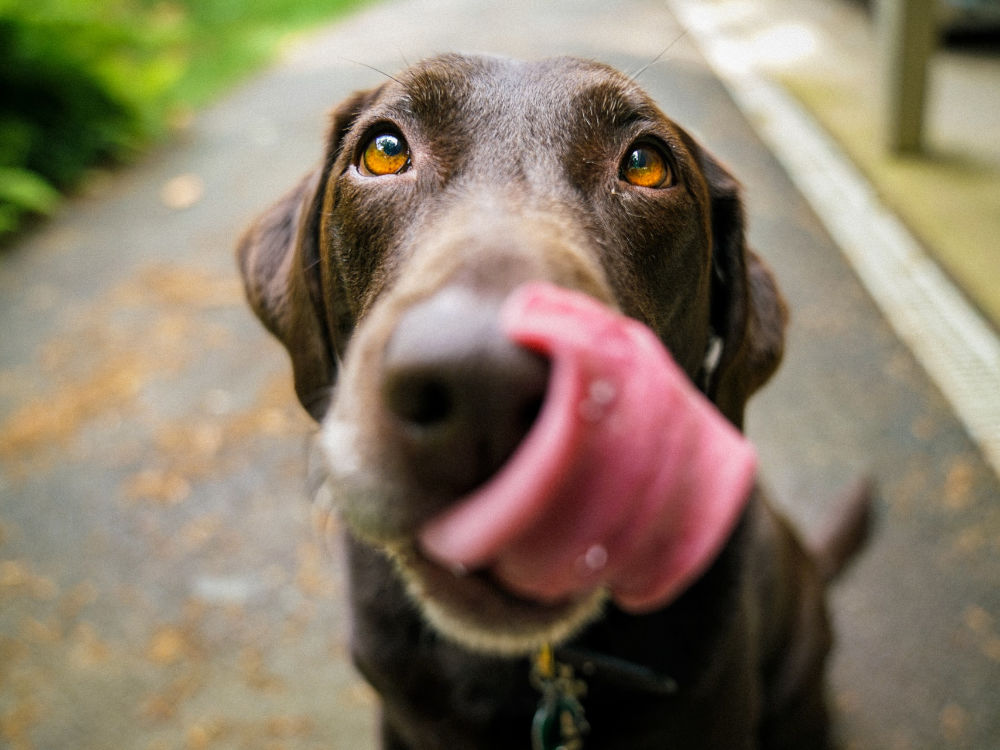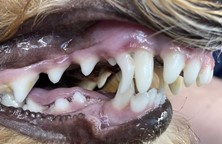
15 Feb What Does it Mean if Your Dog Has Double Teeth?
Dogs have 42 teeth consisting of incisors, canines (fang teeth), premolars, and molars. Incisors are used for gripping things and grooming. The function of the canine teeth is to grasp during prey apprehension. The premolar teeth allow for shearing. And molar teeth are used for grinding. Each tooth has a distinct location in the mouth, enabling optimal eating, play, grooming, protection, and hunting.
What are Double Teeth in Dogs?
Tooth development begins in utero, and teeth will then erupt and mature after birth. Dogs (as well as cats and humans) have two sets of teeth, deciduous (or baby teeth) followed by permanent teeth. In some cases, more teeth than the standard 42 teeth may be present, or a tooth may be the appearance of a ‘double tooth.’ This could look like your dog has two rows of teeth.
The term ‘double teeth’ is used to describe when two teeth are joined by tooth tissue and may or may not share a pulp cavity. The following are classifications of ‘double teeth.’
1. Gemination Teeth
A tooth with a single root and two crowns is called a gemination tooth. Geminated teeth are commonly seen in incisors, canine, and premolar teeth. If the division is complete, then twinning occurs with two separate teeth. Gemination is the most common cause of a ‘double tooth’ in clinical practice.
2. Fusion
Fusion occurs when two teeth merge above and below the gum line and form one tooth. This leads to a decreased number of teeth, and the appearance may be similar to a geminated tooth. This is a rare occurrence.
3. Concrescence
Concrescence occurs when two teeth merge below the gumline, attaching with tissue called cementum. This is mostly seen affecting the canine and first premolar teeth. Advanced imaging is recommended to diagnose this.
4. Supernumerary Teeth
An increase in the number of teeth, such as an extra tooth, is called a supernumerary tooth. The maxillary first premolar is a common tooth with a supernumerary partner. It is not a clinical concern as long as the supernumerary tooth does not affect how the mouth closes.
5. Persistent Deciduous (Baby) Teeth
The most common occurrence of ‘dog double teeth’ is retained deciduous teeth. Persistent deciduous teeth are baby teeth that do not exfoliate (fall out) after the succeeding permanent tooth has erupted. This gives the appearance of an extra row of teeth.
The majority of the time, these teeth should be extracted by your veterinarian. Leaving them in place violates The Rule of Succession. This rule states that no two teeth should occupy the space that only one tooth should be in.
Not extracting these teeth will most often lead to overcrowding. Crowding will compromise these teeth periodontally and likely speed the onset of periodontal (gum) disease. Crowding can also cause malocclusions where teeth are often in traumatic occlusions with each other. This can permanently damage teeth and even cause them to become non-vital (dead).

Figure 1 – Persistent maxillary canine deciduous teeth
Treating Dog Double Teeth in Colorado
In some instances, extraction of ‘double teeth’ will be necessary to preserve the integrity of the mouth. However, when the extraction is not indicated, treatment of ‘double teeth’ involves maintaining good oral hygiene to minimize plaque and calculus accumulation due to an increased tooth surface. More plaque and calculus accumulation leads to an increased predisposition to gum disease. The gold standard for oral hygiene is daily tooth brushing using pet-specific toothpaste.
If you notice abnormalities with your dog’s teeth, please don’t hesitate to give us a call at Animal Dental Care & Oral Surgery. We have four convenient locations across the front range, Colorado Springs, Denver, Castle Pines and Loveland, and we’d love to care for your canine companion.
Photo by Marliese Streefland on Unsplash (2/15/2022)

